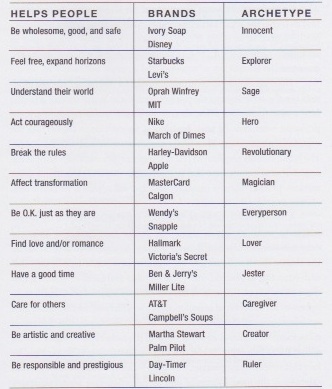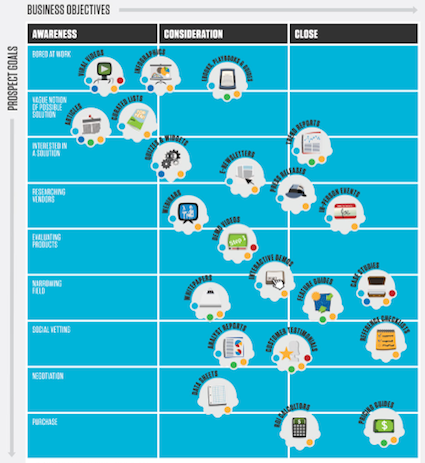Companies can also arrange themselves differently, to better learn from the world outside. ~Karl Heiselman, Wolff Olins
SUMMARY: Faced with the challenges of an increasingly segmented digital landscape, community managers must know their customer, know their content, and know their internal team. The following three trainings apply to these needed areas of know-how.
1. SOCIAL BUSINESS INTELLIGENCE 101: Covering the full range of social media monitoring options and market research training. This workshop trains staff how to creat social network analysis reports and generate insights and recommendations from social data. The course is highly focused on actionable intelligence, INCLUDING how to apply social business intelligence to the practical needs of running and growing a business.
RESULTING CERTIFICATION:
• Use of social media monitoring tools. Knowledge of different options available and hands-on training in the various tools.
• Market research skills basics, including social data research report writing, how to segment data into specific categories relevant to business needs, and how to derive insights from aggregated social data
• Strategy creation, including creating recommendations based upon customer/competitive insights.
• How to present findings in a concise fashion to the various silos at a brand headquarters, to agency staff and to the directors of a brand.
…………………………………………………..
2. CONTENT MARKETING 101: Covering the complete set of content in the Content Grid v2.0. This workshop is a complete training in how to create and place every single content piece in the Content Grid. A particular focus is placed upon practical step by step production of each content piece, along with tactics for where, when and why to use each piece of content.
RESULTING CERTIFICATION:
• Full understanding of the Content Grid v2.0 and how to create each social object on the grid.
• Training in the social channels related to specific social objects. How to set up these social channels, when to post the social objects, how often to post the social objects, how to schedule automatic updates to social channels using social management software (HootSuite).
• Each student will work on a specific set of social objects and learn how to produce each of these important communication vehicles.
…………………………………………………….
3. SOCIAL BUSINESS 101: Covering internal culture change related to doing business within social networks. This course teaches managers and corporate leaders how to adapt their business processes when entering social networks. Every silo of a business is covered and trained in the benefits and uses of social networks. A particular focus is placed upon elevating internal collaboration and software/process related to weaving the silos together as a team.
RESULTING CERTIFICATION:
• Training in the various methods used by the Chief Collaboration Officer to facilitate conversation between the silos in a major corporation.
• Training in how to promote and grow on-going conversation between the silos at a major corporation or brand for the purpose of presenting a unified message in social networks.
• Training in how to involve the Compliance Department in cross-silo decisions related to messaging in social networks. Further training in how to present reports and udpates to the Compliance Department so that speedy decisions can be made AS RELATED TO on-going messaging in social networks.
• Training in proper risk assessment PRIOR TO launching a full-blown social presence for a brand.
• Training in how to handle typical customer and internal objections to basic social media marketing practices such as the use of Twitter, the value of on-going monitoring and the use of social project management tools like HootSuite and BaseCamp/SalesForce.
• Training in the basic social business software suites, who the vendors are and the comparison between these vendors. Training in how to present this software to senior management and how to begin cross-silo set-up of social business software (example: Jive Software).
ABOUT C.O.I.N.S. – A CLOSING THOUGHT:
COINS or Community of Interest Networks, ARE essential venues for product and service innovation, as well as customer relationship building. A community of interest is definied in Wikipedia as “a community of people who share a common interest or passion. These people exchange ideas and thoughts about the given passion, but may know (or care) little about each other outside of this area. Participation in a community of interest can be compelling, entertaining and create a ‘sticky’ community where people return frequently and remain for extended periods. Frequently, they cannot be easily defined by a particular geographical area.” This describes precisely what we are seeing in social networks like Twitter or LinkedIn or Facebook with specific groups and lists.
No-one can contest that we currently live in an era of massive “COINS” presently via online and in digital social networks. Brands and corporations now recognize the value of orienting their core Business Process Management (BPM) around social business sensibilities. Community Managers are an essential bridge to the customer base and stakeholder community in a Community of Interest Network. Community Managers facilitate conversation, growth and listening within these social networks. Community Managers are the core individuals in charge of fostering unity in groups, lists and forums online.




